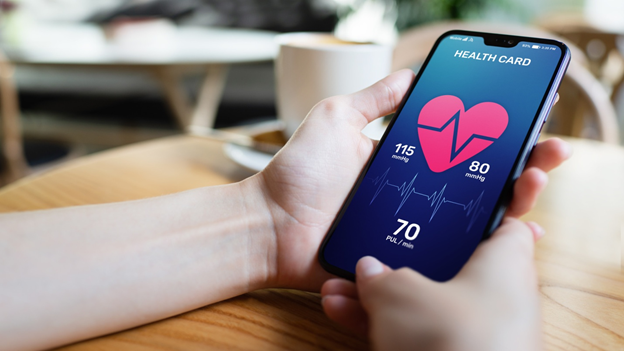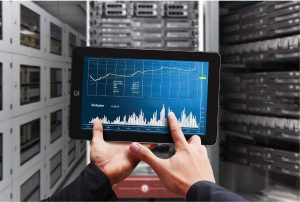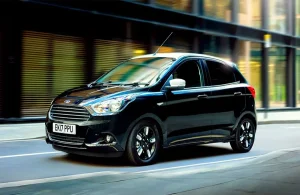A Complete Guide on the Different Types of Patient Monitoring Systems

Did you know that 1/3 of Americans avoid going to the doctor even when they think they need medical care? Going to the doctor means being surrounded by big scary machines that patients aren’t familiar with.
What’s more, is that some doctors don’t explain what they are doing while checking patient vitals and other issues.
To make the patient experience more comfortable, knowing the different types of patient monitoring systems is necessary. Keep reading to learn more.
Continuous Glucose Monitor
A continuous blood sugar monitor can help prevent severe hypoglycemic episodes.
The device works by using a drop of blood from the patient. It monitors how the following affect blood sugar levels:
- Stress
- Medication
- Diet
- Illness
- Exercise
A continuous glucose monitor tracks patient progress and can keep providers up to date with appointments. With this monitor, it’ll be easier to track treatment goals.
Blood Pressure Monitor
One of the most common types of patient monitoring systems is a blood pressure monitor. These devices will calculate the patient’s blood flow and heart rate through a cuff that inflates.
This is something every type of doctor uses during the beginning of a visit.
The cuff fills with air and measures changes in a patient’s artery by feeling its movement. As it deflates, you’ll be able to see multiple readings on some devices.
A general device will provide you with a daily average for the patient.
Heart Rate Monitor
Another one of the patient monitoring devices seen in all doctor’s offices is a heart rate monitor. This device tracks the beat of a patient’s heart per minute.
This wearable device can track the amount of medication your patient needs to take and the levels of exercise they should be doing. These monitors can also track activities while the patient sleeps.
Patients may have their own remote systems in the form of smartwatches. More advanced monitors can help detect the following:
- Asymptomatic arrhythmias
- Symptomatic arrthymias
- Syncope
- Presyncope
- Atrial fibrillation
These monitors are some of the easiest to use.
Brain Monitoring System
You’ll find different brain monitoring systems in a hospital. These are used for patients with neurological conditions who are in vulnerable situations.
These patients need consistent monitoring of their brain activity, especially if they’re unconscious and cannot provide doctors with verbal feedback.
This type of hospital monitor helps patients that have traumatic brain injuries or other injuries to the head. Patients with trauma to the neck might need a brain monitoring system as well.
Patients that have undergone anesthesia treatments or have experienced a hemorrhage or stoke will be monitored through patient systems.
Types of Patient Monitoring Systems to Know
Understanding the different types of patient monitoring systems and how they work is beneficial if you work in the healthcare industry.
Doctors and nurses will use certain monitoring systems every time a patient visits. Others, like brain monitoring systems, are only used on patients with special circumstances and injuries.
Use this guide to your advantage and keep coming back for more articles like this on our website.







